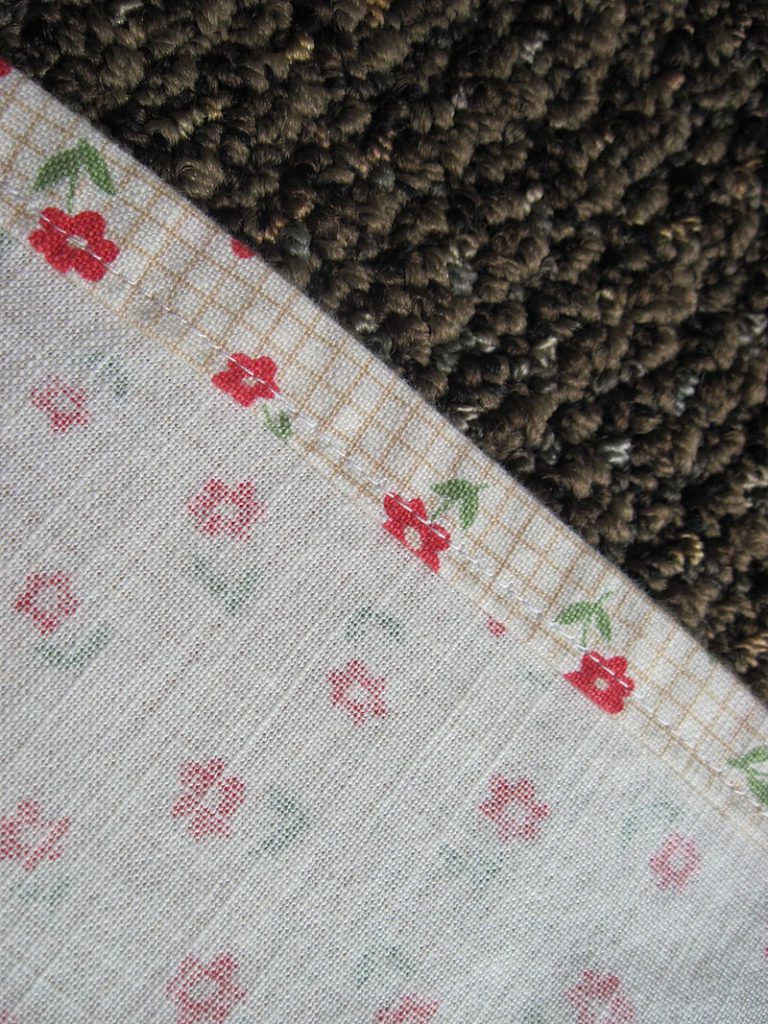
A new report shows just how murky the fashion supply chain is.
Some people find clothes shopping fun, other think of it more like a chore. But either way, nearly everyone searches for something that’s the right fit in size, functionality and style.
But there’s one more thing you should keep an eye out for: “Made in the USA” on the label.
This label means that purchasing the garment supports American textile jobs and the communities where these jobs are based. Many of these communities have been hit hard by years of offshoring. Besides, clothes made in the U.S. tend to last longer because of their high quality. That means spending less money in the long run.
When our clothes are made abroad, knowing where they’re made, how they’re made and who makes them becomes a lot harder. Trying to find answers to these questions can be disturbing. A recent University of California report shows why.
The report digs deep into fashion supply chains and finds that many fashion companies rely on home-based women and girls from vulnerable groups in India to help make their garments. Many of these garments end up for sale in American and European markets. According to The New York Times, the report finds:
"Most of the women and girls interviewed for the report said they are tasked with the 'finishing touches' of a garment: embroidery, tasseling, fringing, beadwork and buttons. None belonged to a trade union, or had a written agreement for their work, and more than 99 percent were paid less than the state-stipulated minimum wage under Indian law. Minimum wage for an eight-hour work day ranges from the equivalent of $3.08 (39 cents per hour for unskilled work in the state of Rajasthan) to $8.44 ($1.05 per hour for work in New Delhi). According to the report, most home workers received between 50 percent and 90 percent less than they were owed. And approximately 85 percent exclusively worked in supply chains for the export of apparel products to the United States and the European Union."
Wow. A worker earning “between 50 percent and 90 percent less” than what she’s owed? It’s horrifying.
Telling if clothes come from these dismal working conditions is difficult. But as responsible consumers, we can’t support this blatant exploitation that has roots in offshoring.
Next time you go shopping, what can you do to not contribute to a system that kills American jobs and exploits women and girls? Two words: buy American. Only that way clothing manufacturers will know that consumers won’t stand for offshoring jobs and exploitation.
For a list of companies, including clothing companies, that manufacture in the U.S., support American workers and don’t take advantage of the labor of vulnerable people thousands of miles away, check out the Alliance for American Manufacturing Made in America Guide here.
